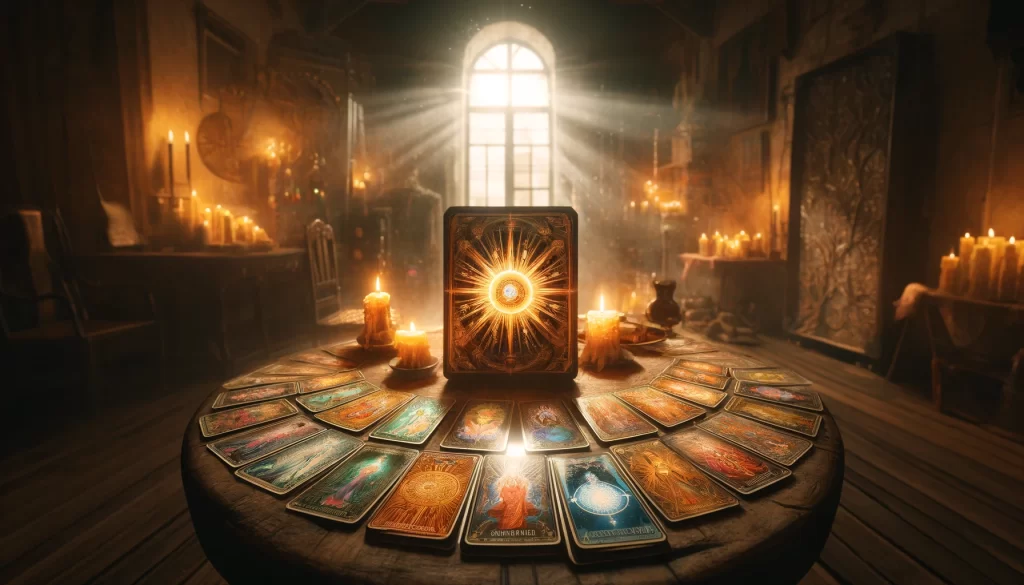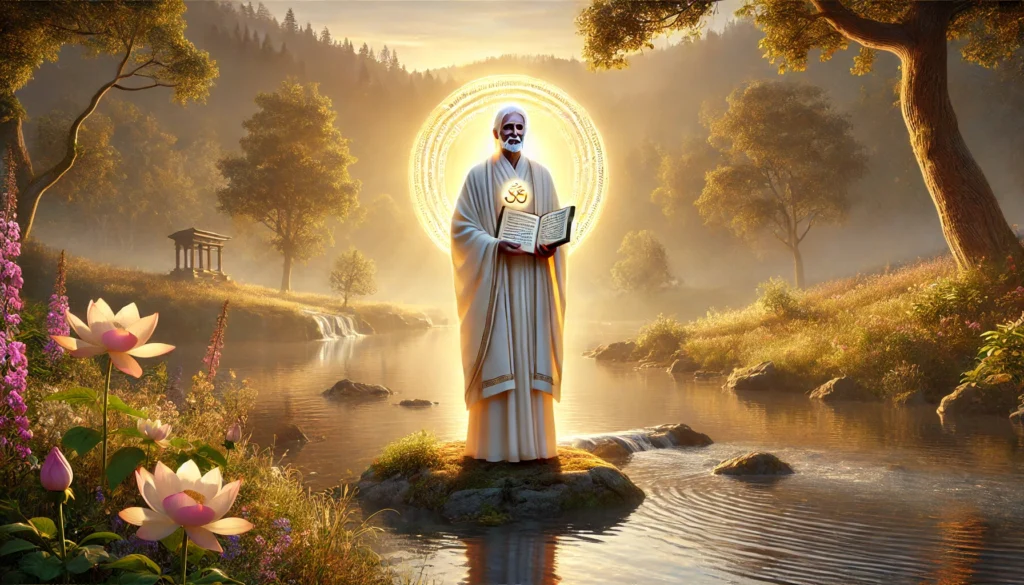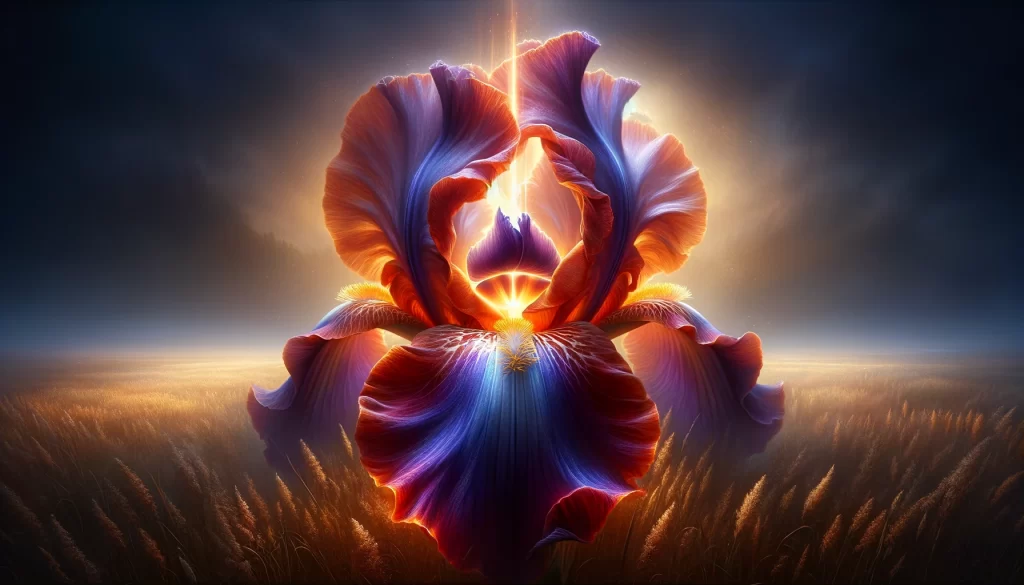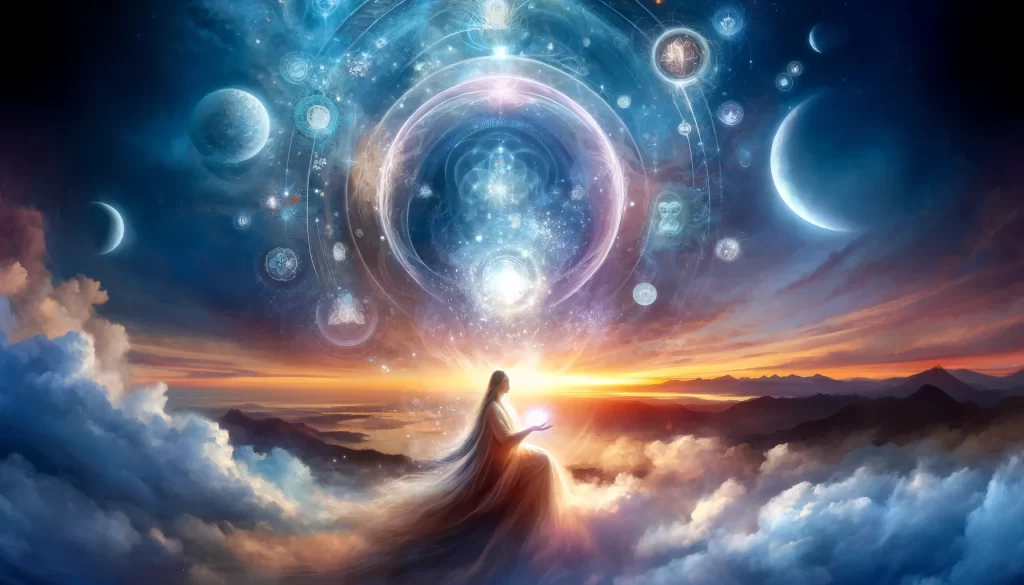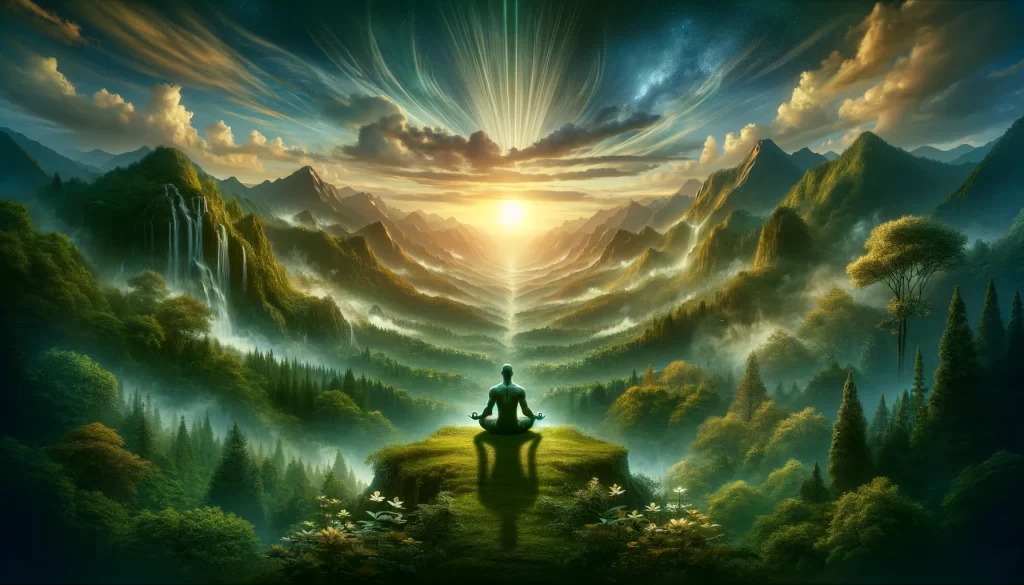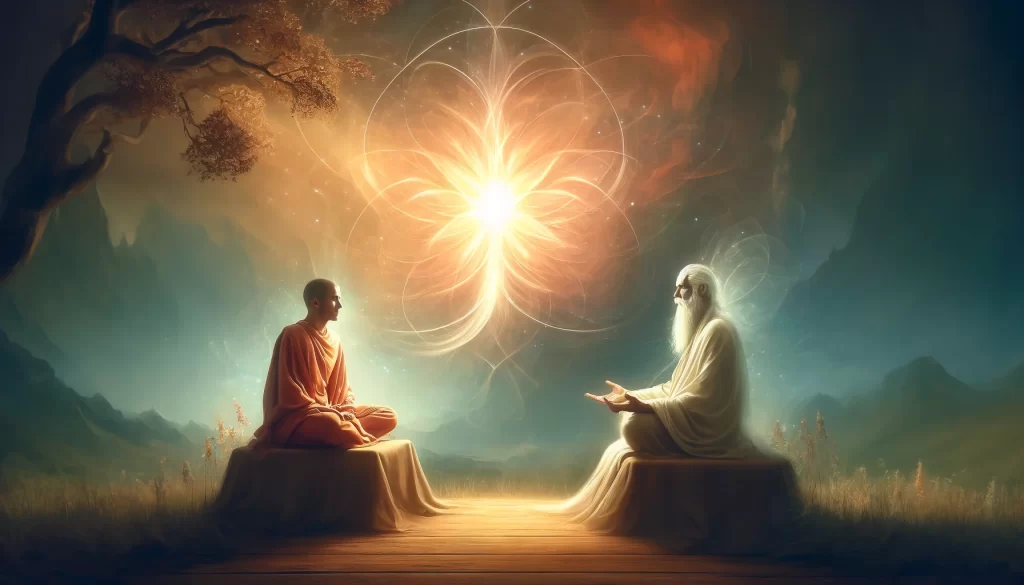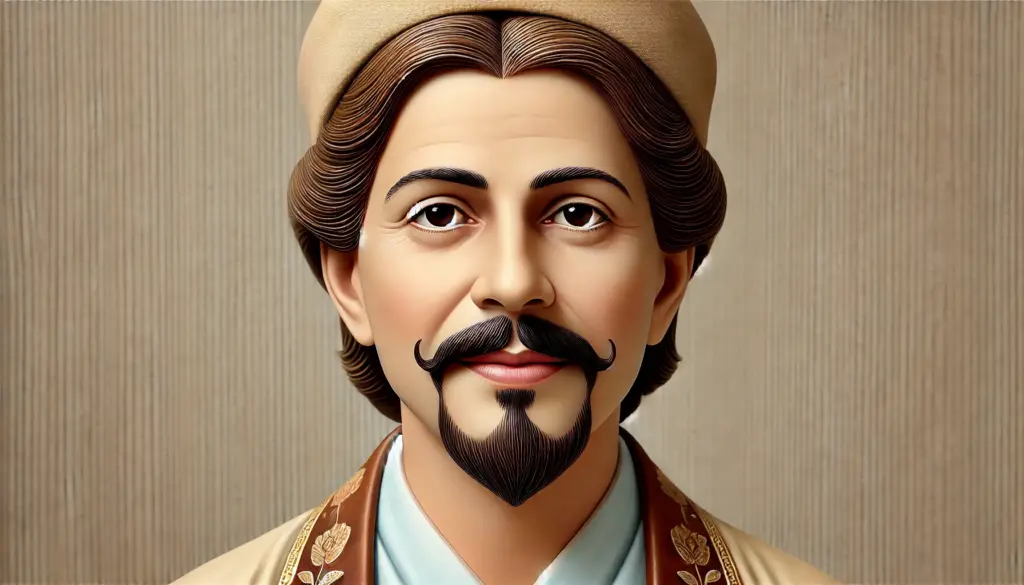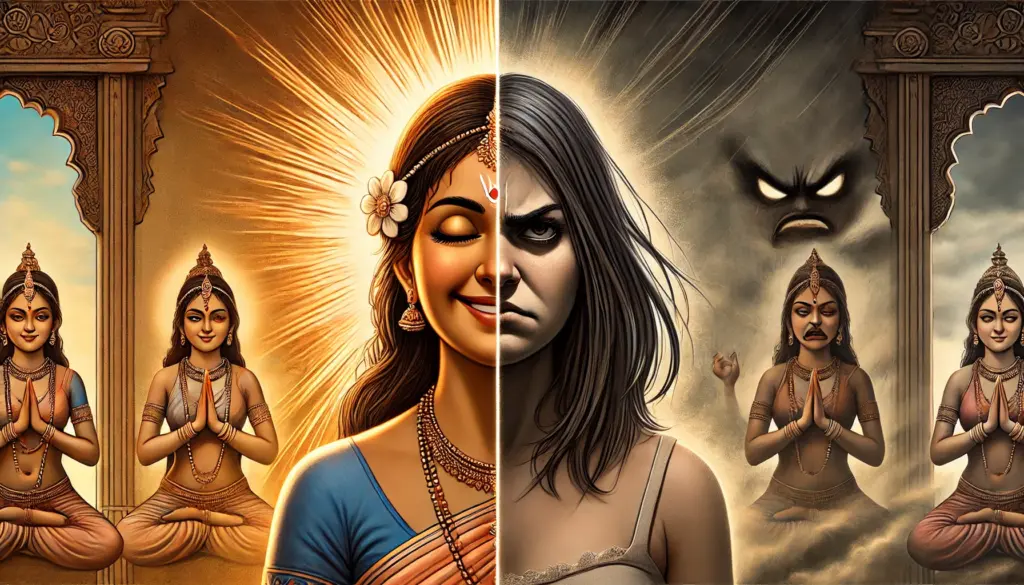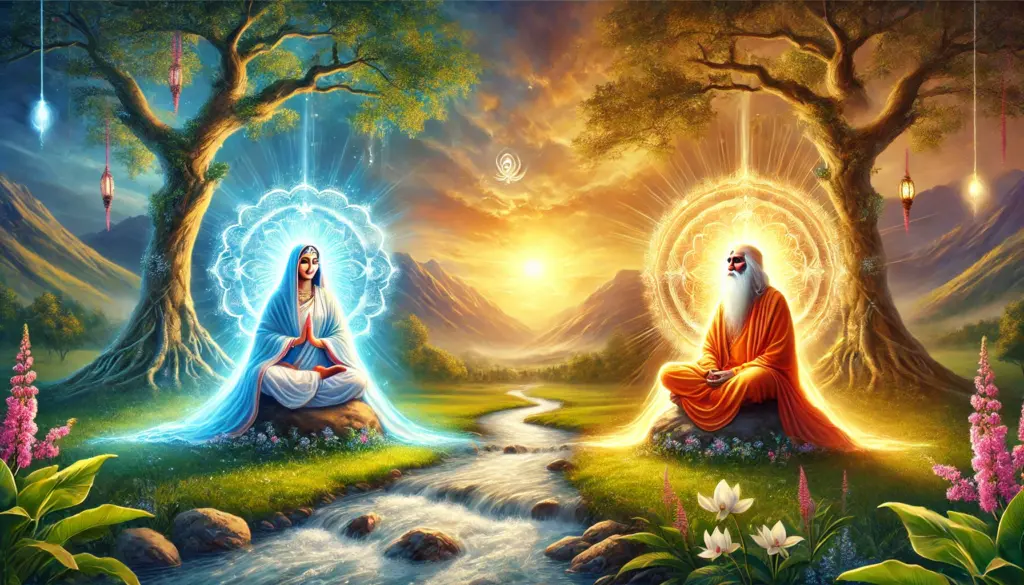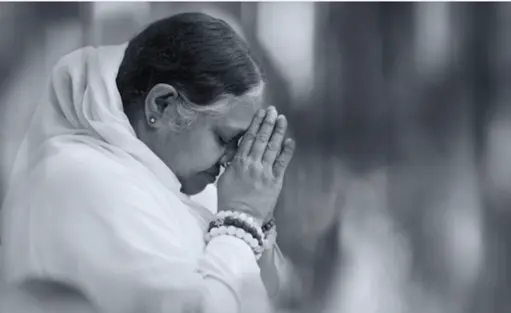How The Shankara Oracle Differs From Simple Tarot And Oracle Cards The Shankara Oracle is a profound and comprehensive tool...
Read More
The Buddha’s Last Recorded Words
READ THE ARTICLE
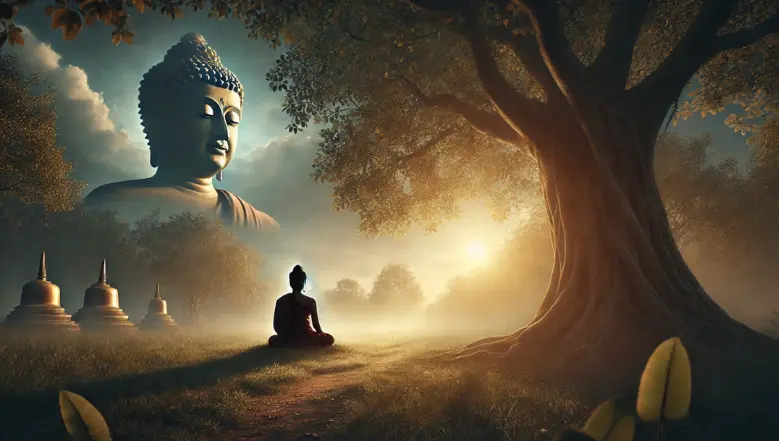
The 13 Resolutions From Amma
 Paul Wagner
Paul Wagner
 January 1, 2025
January 1, 2025
The 13 Resolutions From Amma Amma, Mata Amritanandamayi Devi, is revered as one of our time’s most significant spiritual...
Read More
Divine Feminine Meaning – Goddess Energy and How to Embrace Feminine Energy
 Paul Wagner
Paul Wagner
 December 10, 2024
December 10, 2024
Diving Feminine Meaning: Goddess Energy and How to Embrace Feminine Energy In the hazy, aggressive Masculine at the core of...
Read More
Who Was Jesus Christ – The Divine Master From Palestine?
 Paul Wagner
Paul Wagner
 December 9, 2024
December 9, 2024
Who Was Jesus Christ - The Divine Master From Palestine? 🌌✨🙏 A Celestial Benediction for the Season of Luminosity...
Read More
What to Do When You Don’t Know What to Do
 Paul Wagner
Paul Wagner
 November 19, 2024
November 19, 2024
What to Do When You Don't Know What to Do Life is an unpredictable journey, and there are moments when...
Read More
Unveiling the Mystical Insights: Navigating Life’s Questions with The Shankara Oracle
 Paul Wagner
Paul Wagner
 October 15, 2024
October 15, 2024
Unveiling the Mystical Insights: Navigating Life's Questions with The Shankara Oracle Greetings, Dear Seekers Of Wisdom & Cosmic Insight! Today,...
Read More
Do We Exist? Advaita Vedanta Teachings on the Nature of Reality
 Paul Wagner
Paul Wagner
 October 3, 2024
October 3, 2024
Do We Exist? Advaita Vedanta Teachings on the Nature of Reality Philosophers and spiritual teachers have asked for centuries: Do...
Read More
Amma Quotes: 10 Teachings on Love and Transformation
 Paul Wagner
Paul Wagner
 August 20, 2024
August 20, 2024
Amma Quotes: 10 Teachings on Love and Transformation Amma (Mata Amritanandamayi Devi) stands as a beacon of love and compassion...
Read More
A Lovely Dialogue Between Teacher and Student About Desire, Manifestation, And Suffering
 Paul Wagner
Paul Wagner
 July 25, 2024
July 25, 2024
A Lovely Dialogue Between Teacher and Student About Desire, Manifestation, And Suffering Krishna Kalesh (Paul Wagner) and Ana, his coaching...
Read More
Deep Dive into Meher Baba’s Teachings
 Paul Wagner
Paul Wagner
 July 8, 2024
July 8, 2024
Deep Dive into Meher Baba's Teachings Meher Baba's teachings are a rich tapestry of wisdom, compassion, and spiritual insight, woven...
Read More
Osho’s Wild Cats vs. Amma’s Angelic Doves: A Study in Contrasts of Disciples
 Paul Wagner
Paul Wagner
 June 27, 2024
June 27, 2024
Osho's Wild Cats vs. Amma's Angelic Doves: A Study in Contrasts of Disciples In the kaleidoscopic world of spiritual gurus,...
Read More
Spirit Conversations with Osho and Amma: A Journey of Divine Dialogue
 Paul Wagner
Paul Wagner
 June 27, 2024
June 27, 2024
Spirit Conversations with Osho and Amma: A Journey of Divine Dialogue In the quiet moments of introspection, I found myself...
Read More

